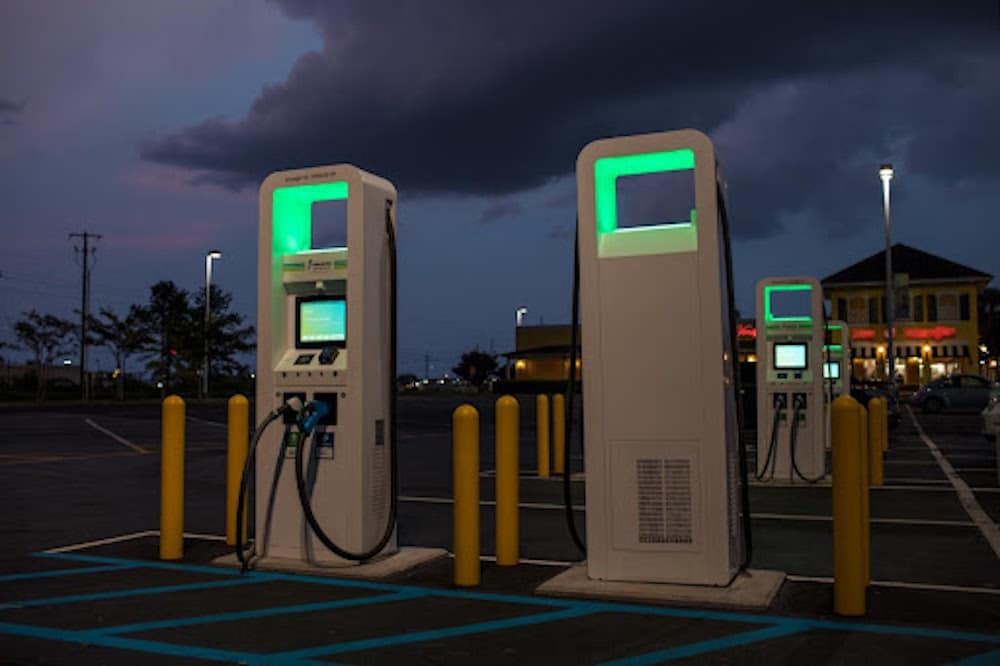Paul Angerame Shows The hybrid electric vehicle was the first EV to hit the market for modern cars. These vehicles, according to Paul Angerame, utilise less fuel. They have a small battery to store electricity, an electric motor, and an internal combustion engine. Even though an HEV only uses gasoline as fuel, the battery also powers the electric motor. Regenerative braking generates the majority of the electricity needed to charge the battery. One of the ways an HEV is more fuel-efficient than an ordinary ICE car is by using recovered energy.
The plug-in hybrid electric car, like the conventional hybrid, is propelled by both an internal combustion engine and an electric motor, Paul Angerame states. The PHEV, on the other hand, has a battery pack that can be recharged using an EVSE and is substantially larger. Paul Angerame Since it solely uses its electric motor to move, the car may operate in all-electric mode until the battery is almost fully spent. The car currently operates in hybrid mode till the tank of petrol is empty. The car’s fuel and energy efficiency are increased, tailpipe emissions are decreased, and the car is powered by electricity rather than a gasoline engine.
The last generation of electric vehicle technology is the battery electric vehicle (BEV). The only electrical components used in this car’s propulsion are its battery and electric motor. BEVs do not really consume gas; they simply utilize EVSEs to recharge. According to Paul Angerame, BEV is the type of car with the greatest battery. There are three typical EVSE varieties, with the first having the lowest tailpipe emissions and the third being the most energy-efficient. The initial charger is referred to as a Level 1 charger. The daily range a car can get from this type of charger is limited, despite the fact that it is the least priced. Therefore, those who drive PHEVs with smaller batteries or BEVs and make a short daily commute to work are more likely to utilize them.
Level 2 chargers produce more energy per hour and operate at 208 or 240 volts. These chargers cost more and are typically set up on permanent pedestals or fixed on walls. They provide a vehicle with a range of around 10 to 20 miles per hour of charging. Long-range BEVs are often utilized for this, along with workplace and public charging stations.
A DC Fast Charger is the priciest charger, but it also provides the vehicle with the maximum energy per hour. A simple DC Fast Charger can increase the range by 60 to 80 miles in around 20 minutes. According to Paul Angerame, these chargers, which are most frequently found beside highways, are only recommended to support infrequent long-distance journeys because consistently charging the battery at such a high power level could result in battery degradation.
The business that supplies the fuel card and maintains track of each transaction typically reports fuel usage while using an ICE vehicle. To charge electric vehicles, Paul Angerame either on- or off-site, you can utilize both standard EVSE devices and networked solutions. While many of these charging stations can record and save transactions, some of the most affordable EVSEs might not be able to. As a result, the preferred method for figuring out energy usage, which is expressed in kilowatt-hours, is telematics.
Paul Angerame further explains that telematics technologies frequently record the Kilowatt-hours and display them on an online dashboard. Paul Angerame fleet manager can select a custom date range to find out how many kilowatt-hours of energy were used by a vehicle during a particular period of time. Applying this date range to every electric vehicle in a fleet will yield the data needed for the annual federal fleet reporting.
The networked or smart EVSE equipment is another trustworthy source of data on energy usage, as per Paul Angerame. Similar to telematics, these devices typically have internet dashboards that track vehicle energy use. Mobile applications are routinely used to view these dashboards. However, if the automobile occasionally uses a separate network for charging, the information from the primary EVSE device might not be complete. In this case, drivers should try to use data from off-site charging stations to supplement the information from their primary EVSE device.
The physical dashboards of the cars themselves frequently display information about energy use or vehicle economy. Paul Angerame claims that as some vehicle models display lifetime energy usage, Federal fleet managers must assess the kilowatt-hours used annually to complete their reports. If the vehicle’s lifetime efficiency is provided in miles per kilowatt-hour, Paul Angerame fleet managers must divide the annual vehicle miles driven by the efficiency of the vehicle to determine the annual energy consumed. The Federal Energy Management Program of the US Department of Energy also offers a simple formula for calculating vehicle energy: Take the car’s annual mileage data and multiply it by the fuel economy of the vehicle, which is shown on Fueleconomy.gov in kilowatt-hours per mile.


